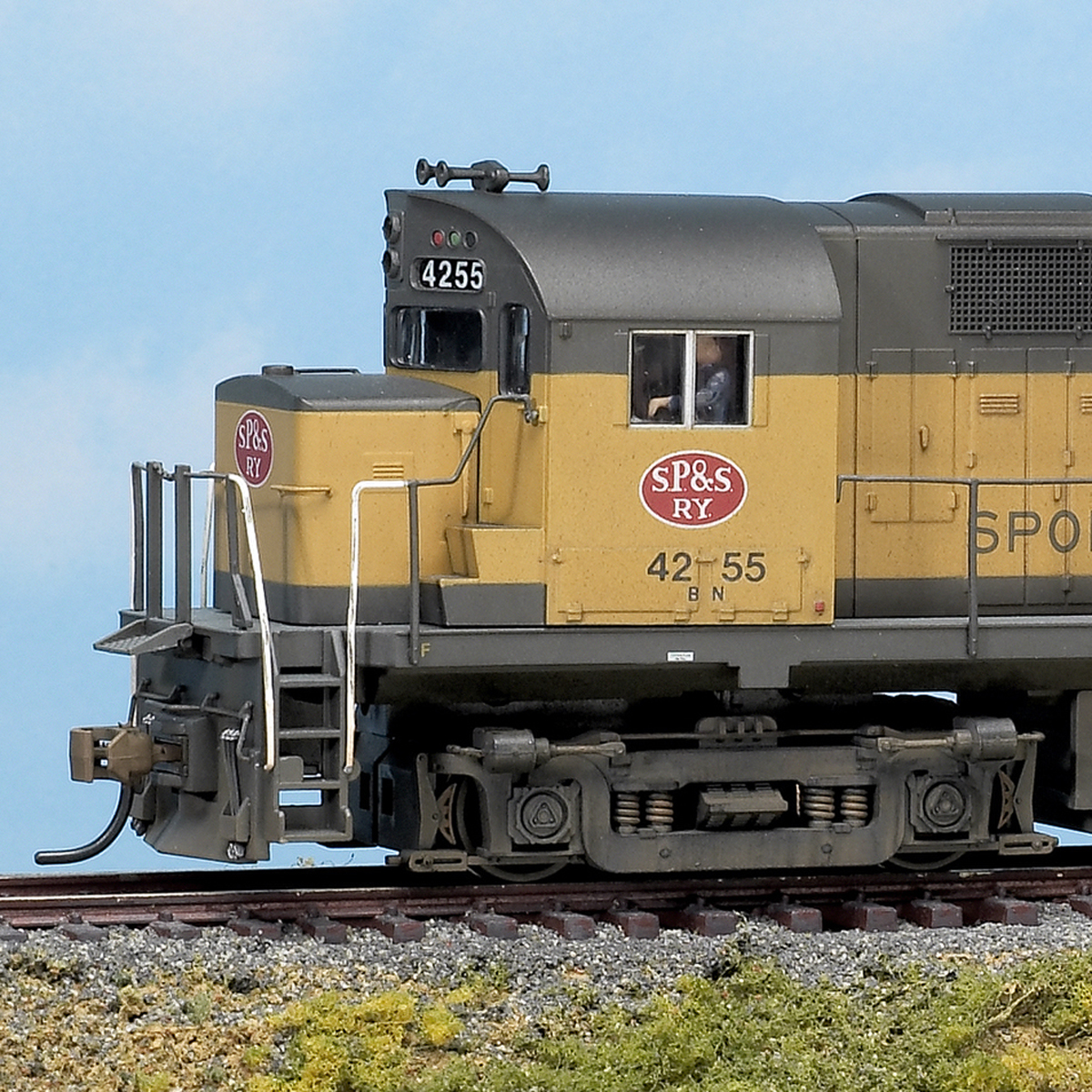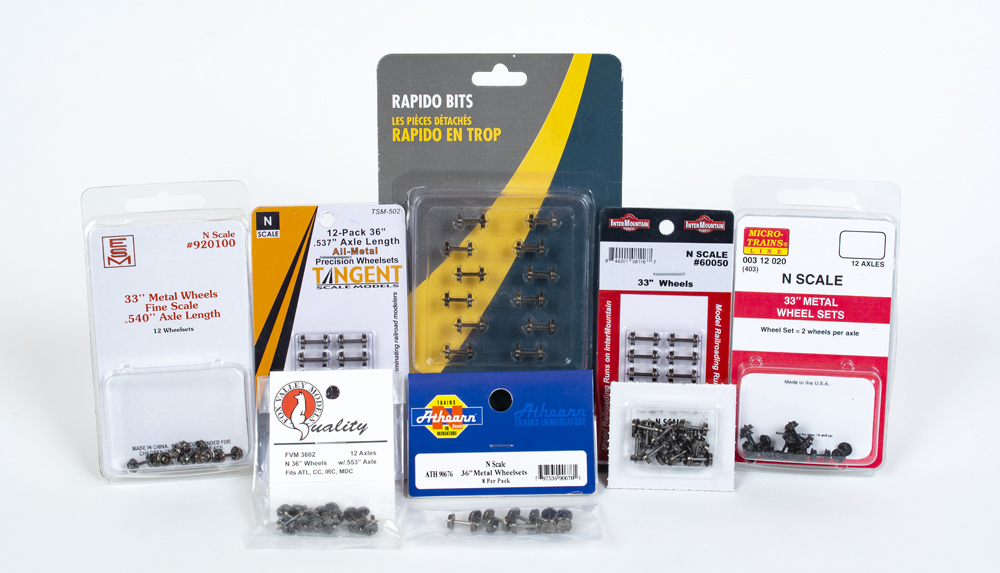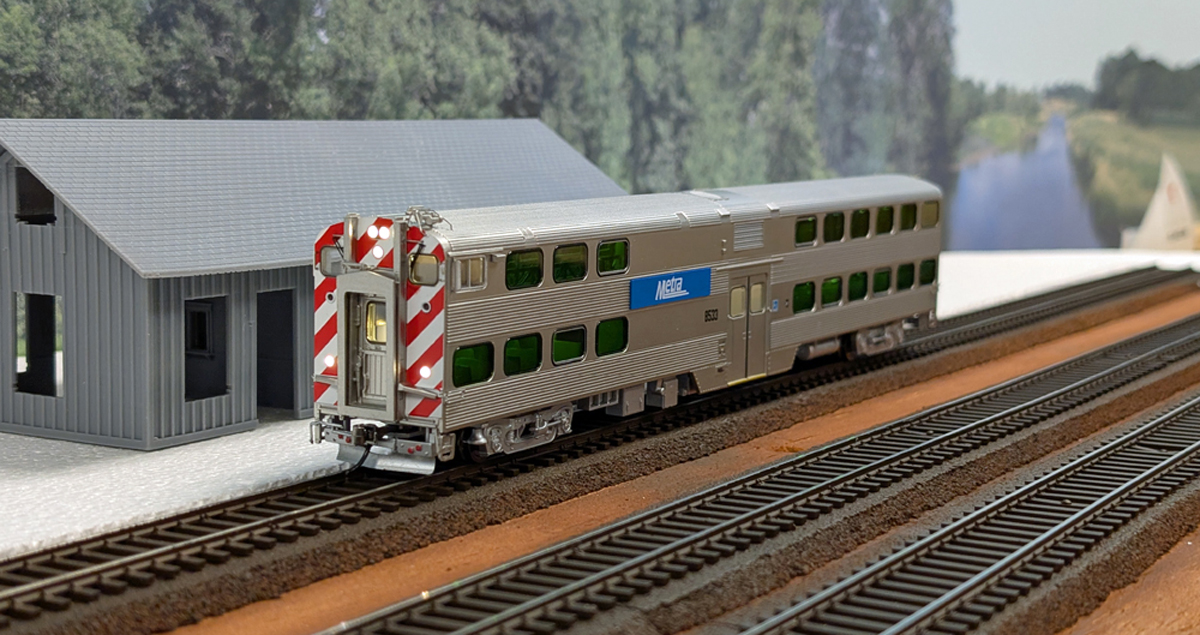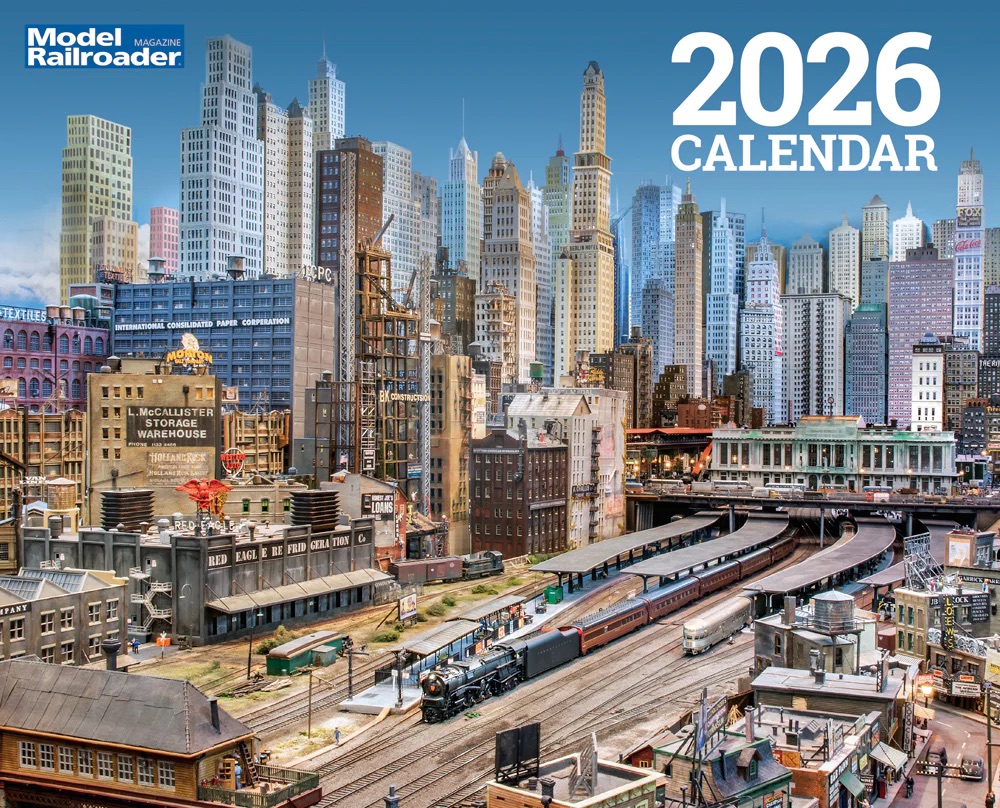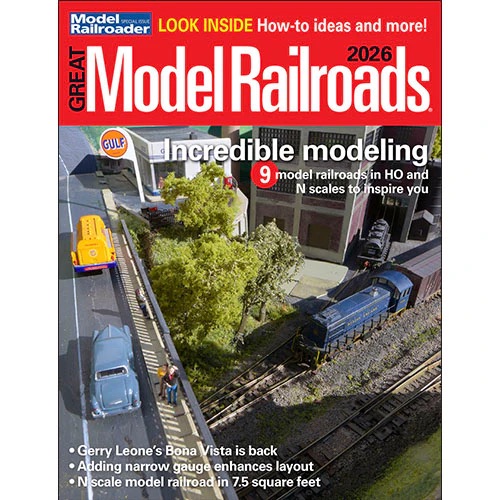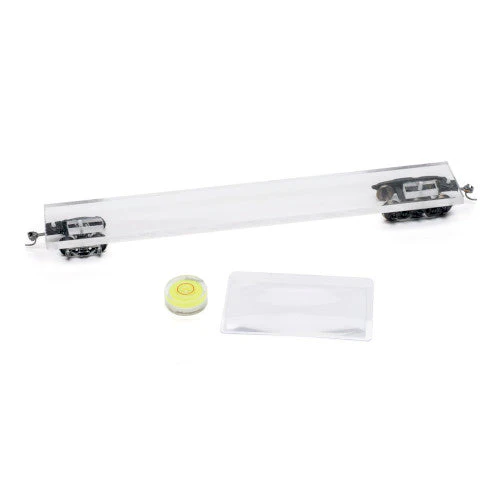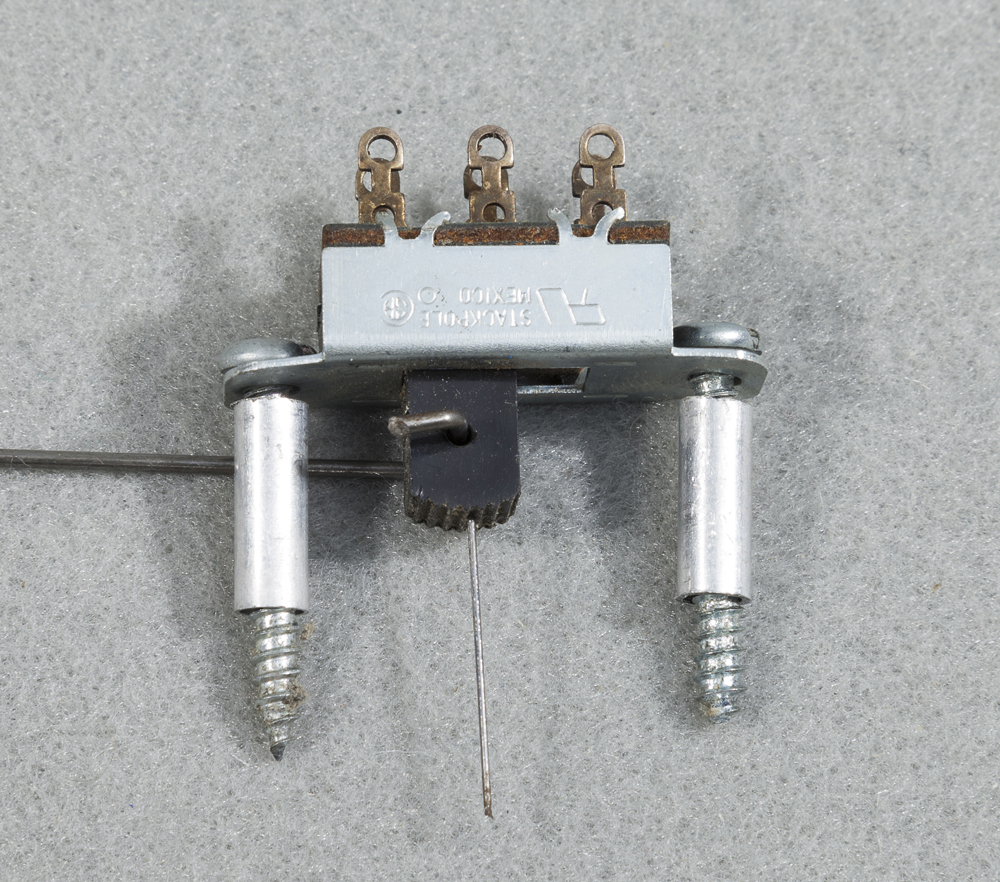
Q: I’m researching methods to power turnout frogs on my N scale layout. I’m using Atlas code 55 flextrack and Digital Command Control. The majority of turnouts will have manual throws. I’ve read that electronic frog juicers should be used judiciously as they place a continuous load on the power supply. I think single-pole double-throw (SPDT) switches connected to the switch rod are an economical solution. The July 2017 and February 2023 issues of MR refer to micro SPDT switches as both the throw device and the power router. Can you provide sources for these? — Joe Martin
A: I reached out to Model Railroader Contributing Editor Larry Puckett for his insights on this question. “I wouldn’t be concerned about the power consumption of frog juicer devices,” Larry wrote. “It is minimal. The Tam Valley device draws only 17 milliamps, comparable to a single light-emitting diode.
“When it comes to powering N scale turnout frogs, you could use a Caboose Industries 119R ground throw which has a single-pole double-throw (SPDT) switch built into it,” Larry continued. “That way when you line your switch points it will also change the polarity (or phase) of the frog.
“As you mentioned you can also use small SPDT slide switches to line the points and change polarity. This requires installing the switch near the points and using a piece of piano wire as a linkage. I discussed how to do this on page 62 of my book Wiring Your Model Railroad available at Shop.Trains.com and Firecrown Media retailers.”
Send us your questions
Have a question about model trains, full-size trains, or toy trains? Send it to AskTrains@Trains.com.






